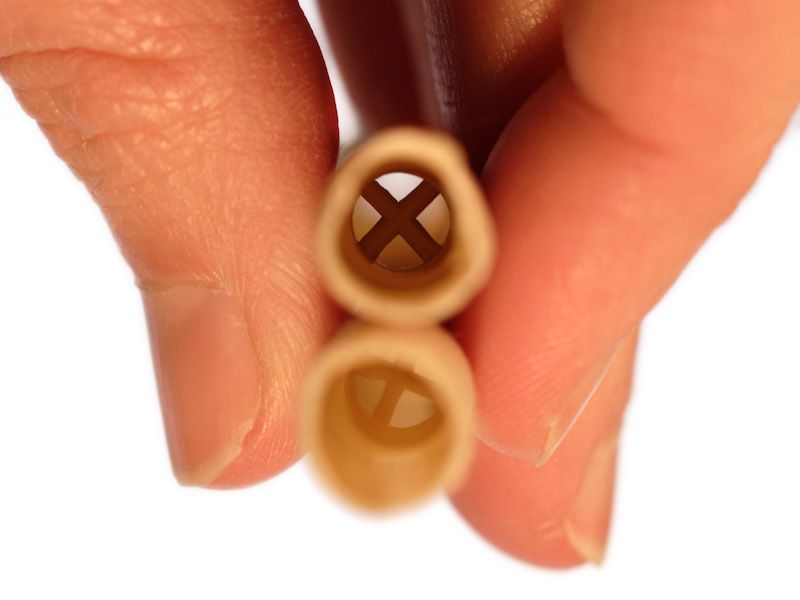
There’s a lingering belief in some circles that a practice known as “ear candling” is a good way to minimize your earwax. Is ear candling effective and what is it?
Earwax Candles, is it Effective?
Spoiler alert: No. They absolutely don’t work.
Why then do normally reasonable people persistently accept in this pseudo-science. That’s a difficult question to answer. But even though the logical choice is quite obvious, knowing more about the dangers of earwax candling will help us make an educated choice.
What is Earwax Candling?
So the basic setup goes like this: Perhaps you’re not sure how to eradicate all your accumulated earwax. You know you’re not supposed to use cotton swabs (which is good, cotton swabs are not an ideal way to clear out your ears, in general). So, after doing some study, you discover a method known as earwax candling.
Here’s how earwax candling supposedly works: You produce a pressure differential by shoving the candle into your ear, wick side out. The wax inside of your ear, then, is pulled outward, towards the freedom of the open world. Theoretically, the pressure difference is enough to break up that may be log-jamming in your ear. But this dangerous technique is not a good way to clean your ears.
Why Ear Candling Doesn’t Work
There are a few problems with this process, including the fact that the physics simply don’t work. There’s just no way for a candle to generate that type of pressure differential (and in order to move earwax around, that pressure differential would need to be quite substantial indeed). Second, creating that type of pressure differential would call for some type of seal, which doesn’t happen during candling.
Now, there are supposedly special candles used in this “treatment”. All of the wax that was in your ear can be found within the hollow portion of the candle which can be broken up when you’re done with your 15 minutes of ear candling. But the problem is you can find this same material in new unburned candles as well. So this “proof” is really nonsense.
Scientific research has been unable to prove any benefit associated with earwax candling.
So Earwax Candling Doesn’t Work, But How Safe is it?
So, you may as well give it a shot, right? Well, you’re asking for trouble whenever you get a hot candle near your ears. Look, it’s very possible that you could try ear candling and leave completely unharmed. People do it regularly. But there are certainly hazards involved and it’s certainly not safe.
The negative effects of ear candling can include:
- Whenever you’re mucking about with an open flame, there’s a chance that you might cause serious injury and put your life in danger. Seriously, you may burn down your house. Eliminating a bit of earwax isn’t worth that kind of risk and danger.
- Once the wax cools down it can clog your ear canal. You could wind up temporarily losing your hearing or even needing surgery in severe cases.
- Your ear can be badly burned. Significant hearing problems and burns can be the outcome of getting hot wax inside of your ear. In the most severe cases, this might permanently jeopardize your hearing.
You Can Clean Your Ears Without Needing a Candle
In the majority of circumstances you will never even need to be concerned about cleaning earwax out. That’s because your ears are really pretty good at cleaning themselves! But you may be one of those people who have an uncommonly heavy earwax production.
If it happens that you have too much earwax there are methods that have been proven to work safely. You could try a fluid wash, for example. Or you might see a professional who will be able to use specialized tools to get extra wax or wax blockages out.
Cotton swabs are definitely not the way to go. And you should also stay away from using an open flame to clear out earwax. Earwax candling is a technique that has no advantage and will put your ears, and your whole person, at significant risk of injury and damage. Try burning candles for their sent or for enjoyment but not as a means to clean your ears.